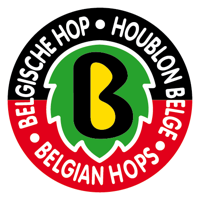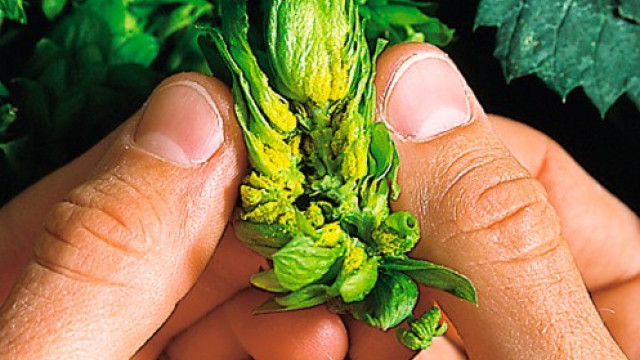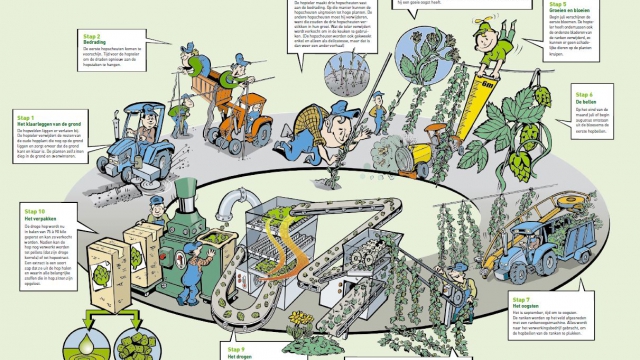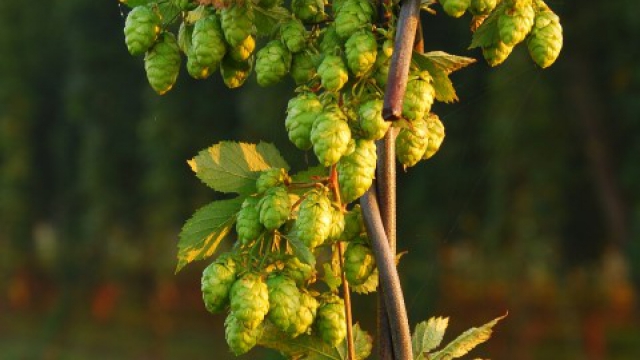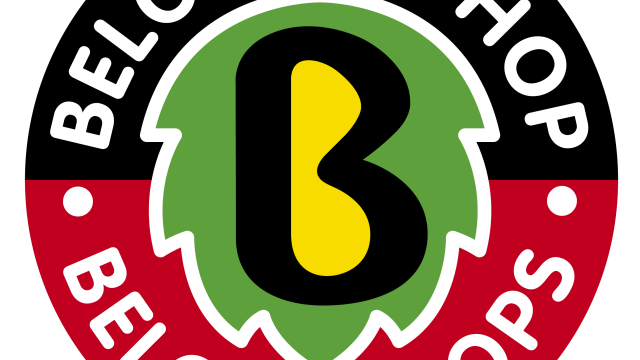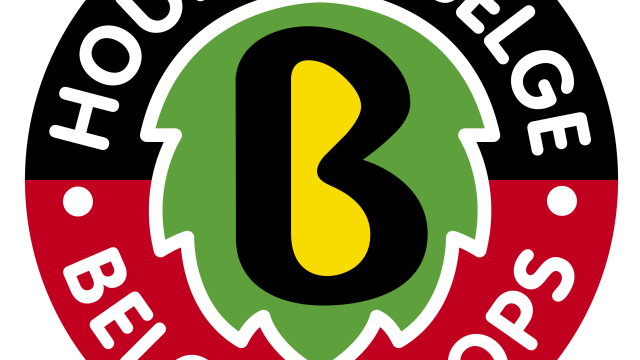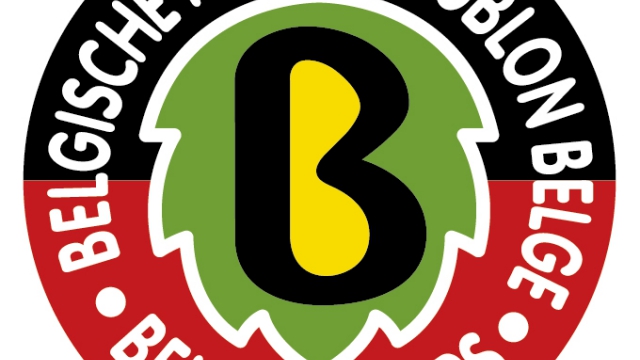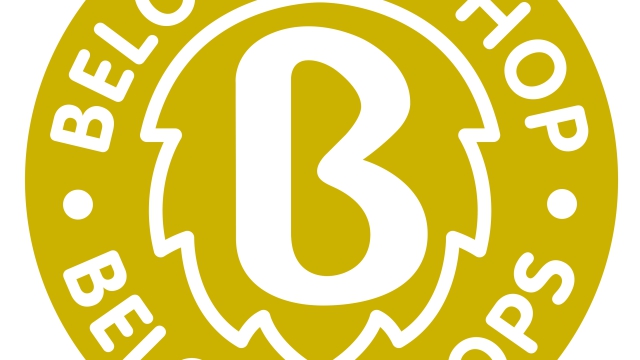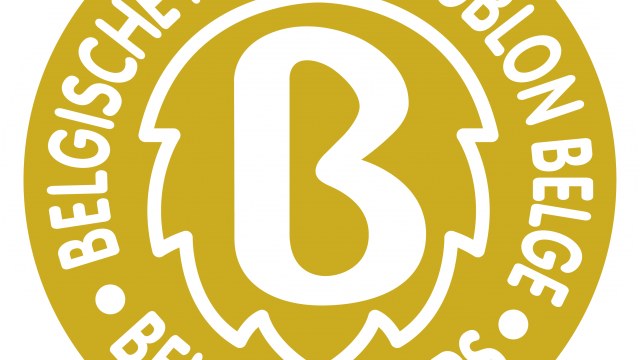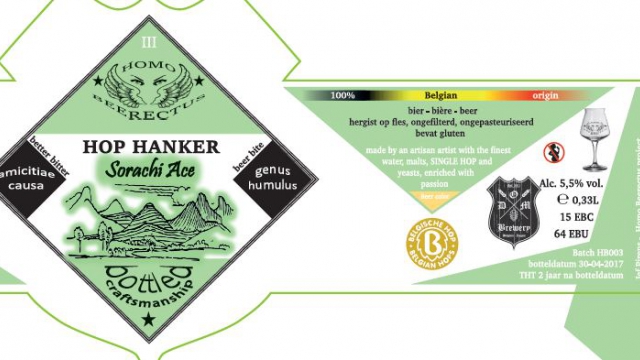Hops is one of the key ingredients of beer. The type of hops used in the brewing process impacts the beer's bitterness, its aroma, its taste and its storage possibilities. Hops have been cultivated in Belgium for centuries. While, in the past, hop farms were spread geographically around the country, with the regions of Aalst-Asse and Poperinge as the main hubs, these days they are mainly concentrated around the town of Poperinge, West-Flanders, and around the towns of Warneton, Maltonne et Vodelée, Wallonia. 23 Belgian hop growers are currently cultivating 181 ha of hops. 18 of these hop growers are located in the greater Poperinge region, where 155 ha of hops are cultivated.
All belgian hops are grown in family businesses, where the plant has been treated with love, care and expertise for many generations. hop farmers are therefore truly devoted to their profession and are rightly proud of the results of their efforts: high-quality, Belgian hops.
Below is a map of Poperinge's hop fields.
Poperinge hop fields
Hops
The plant
Hops (Humulus Lupulus) is the tallest, herbaceous climbing perennial in our fauna. Some plants are over 20 years old. The hop plant, which belongs to the hemp-like family, overwinters thanks to its rootstock, form which new shoots emerge every spring. Female and male flowers usually develop on separate plants (the plant is dioecious) and rely on the wind for pollination. Only the unfertilized hop cones of the feamle hop plant are used for brewing beer. These contain a yellow powder (hop powder) or lupilin that gives the beer its bitter taste and also serves as a natural preservative. Hops production occurs between the 35th to the 55th parallel, on both sides of the globe.
On a global scale, most of the hops are produced in Germany and the US. While Belgium is a pretty small hop-growing country, the quality of its hops is high ('small acreage, with high potential' or 'Belgian quality, your guarantee'). More than that, Belgian hops bring a unique flavour to the beer - so much so, that some connoisseurs speak of a 'terroir'.
Throughout the year
The rootstock enjoys a winter break in the months of December and January.
Early February, the hop grower trims the remains of the old crops and prepares the field for a new season.
Working form the hop cage, the hop wire is fixed, at the top, to the longitudinal wires and anchored, at the bottom, with a ground hook.
Very early, in spring, the first shoots (also known as (bines') appear on the rhizome (root). As only three or four shoots are allowed to develop on the rhizome, the surplus ones are removed manually. These shoots are a delicious delicacy and are found, especially, in local hotels and restaurants.
In March and April the shoots are manually wound around a hop training wire.
By late June/early July, these right-wound (towards the sun) shoots have grown to a height of about 7 metres, with a growth rate of 10 cm, on average, per day; in favourable conditions 25-30 cm per day is no exception. The lower leaves are then removed.
They come into bloom is early July. The plants must be carefully monitored and, if necessary, sprayed against diseases and insect pests. Hops are very susceptible to powdery mildew (white rot) and downy mildew (peronospora) or, in the vernacular, the 'hop plague'. Fortunately, every grower also gets a helping hand from Mother Nature, thanks to insect-eating birds and ladybirds.
By late August/early September, the hop cones are ready to harvest. Up until the 1950s the hop cones were picked by hand. These days, it’s all mechanized. A special machine cuts off manageable chunks of hop vine in the hop field; these vines are heaped onto a flat trailer and taken to the processing plant.
The cultivation process is illustrated below.
Hop varieties
Belgium's mild maritime climate and the fertile sandy loam are ideal to let numerous hop varieties grow vigorously and crop abundantly.
Belgian hop growers therefore offer a wide range of hop varieties, each with their specific bitterness and/or pleasant aroma. If you would like more information about the different hop varieties, be sure to take a look in beer brewers’ section.
H.O.P. vzw
On 23 July 1998, the non-profit organization (vzw) ‘Overkoepelende Producentenvereniging (Umbrella Association of the Hop Producers)’ or H.O.P vzw was founded. A representative of Poperinge’s town council holds a seat in the General Assembly.
The organization’s main objectives are:
- promote the hop growers’ interests;
- arrange training events and educational activities for hop growers;
- transfer hops-related know-how to third parties in Belgium and abroad;
- organize activities that conduce to improve the socio-economic and cultural situation of hop growers.
‘Belgische hop – Belgian hops’ logo (at least 50% Belgian hops)
In order to promote Belgian hops, Flanders developed and introduced the ‘Belgische hop – Belgian hops’ or ‘Houblon Belge – Belgian hops’ logo back in 2011. Its launch took place at the local event ‘Tournée générale’, which is now called ‘Lekker Westhoeks’. Only breweries that use at least 50% Belgian hops when brewing their quality beer can label their bottles with the logo. The main requirement for using the logo is that the brewers officially confirm that at least half of the hops used for that beer are of Belgian origin. Hop growers make great efforts to ensure optimal hop quality. In 2017, they signed a specifications agreement describing the quality requirements they have to meet to be able to use the ‘Belgian hops’ logo when marketing their hops.
Specifications agreement Hop Growers
Belgian hops logo (100% Belgian hops)
In January 2017, a variant version of the “Belgische hop – Belgian hops” or “Houblon Belge – Belgian Hops” logo was introduced: the ‘gold label’ logo. Brewers that label their bottles with this logo, officially confirm that their beer contains 100% Belgian hops.
Why choose a beer with the 'Belgian Hops' logo:
- you are sure about the quality and origin of the hops;
- you deliberately choose raw materials from our region, thus reducing transport and the carbon footprint;
- you help lower the environmental impact;
- you support the small, yet dynamic Belgian hop sector, with a tradition that goes back hundreds of years;
- you help preserve the typicalhops landscape.
